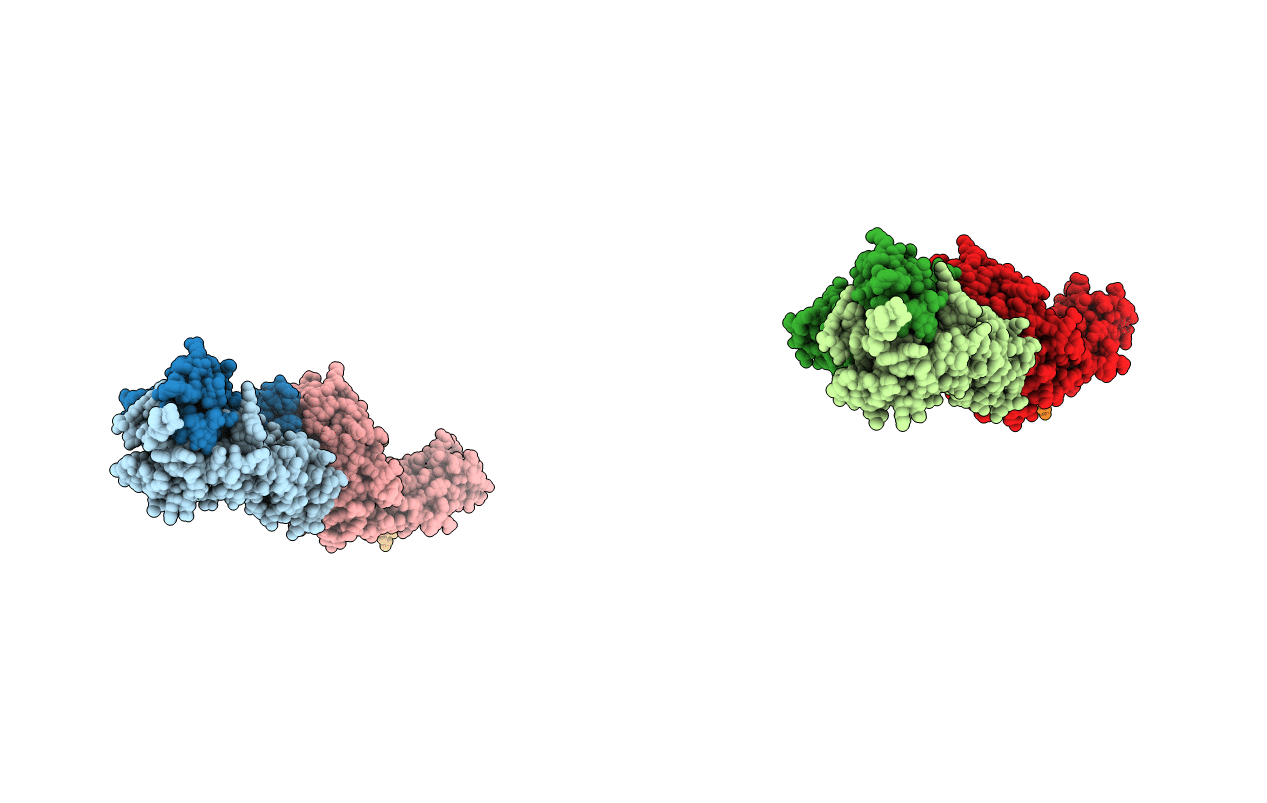
Deposition Date
1998-01-14
Release Date
1998-04-29
Last Version Date
2024-10-30
Method Details:
Experimental Method:
Resolution:
3.00 Å
R-Value Free:
0.32
R-Value Work:
0.22
R-Value Observed:
0.22
Space Group:
P 21 21 2


